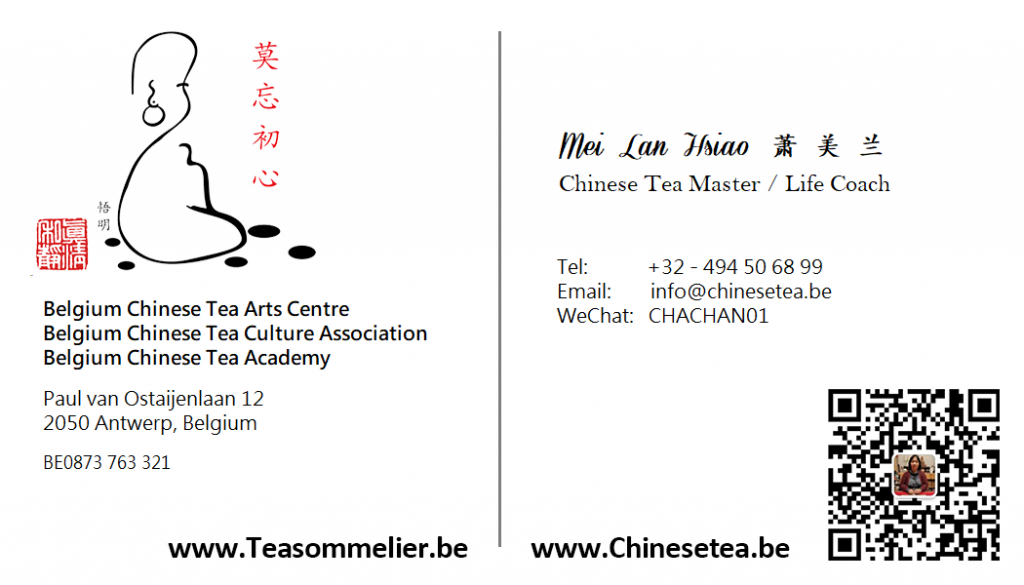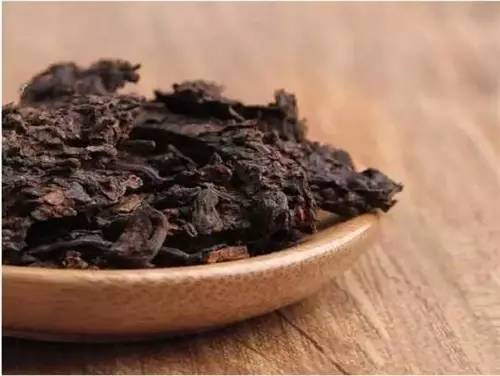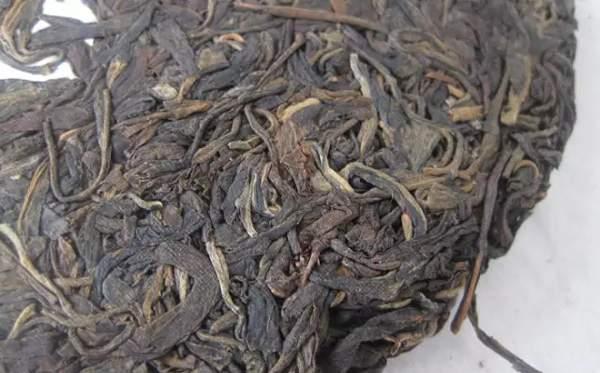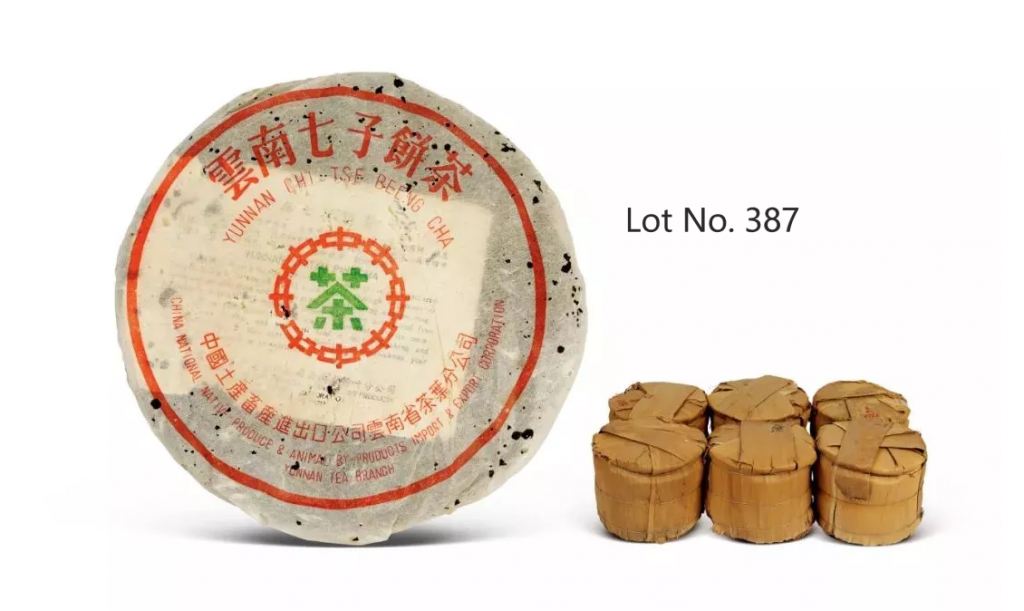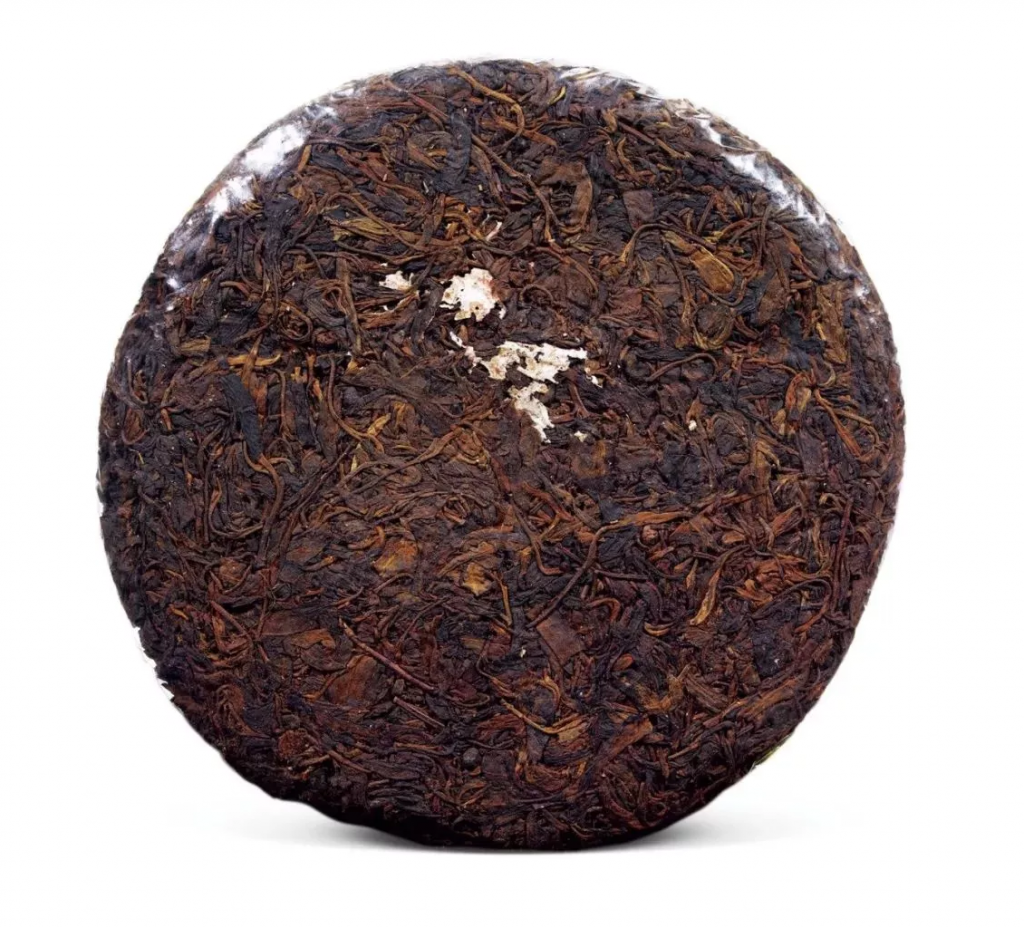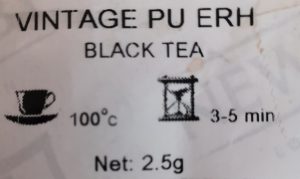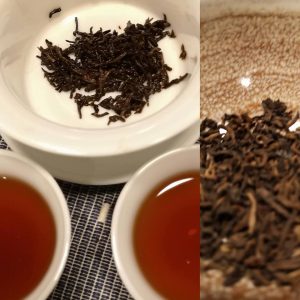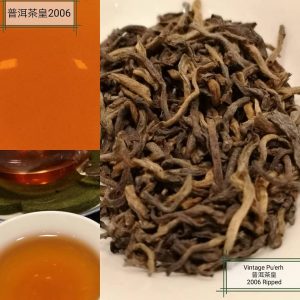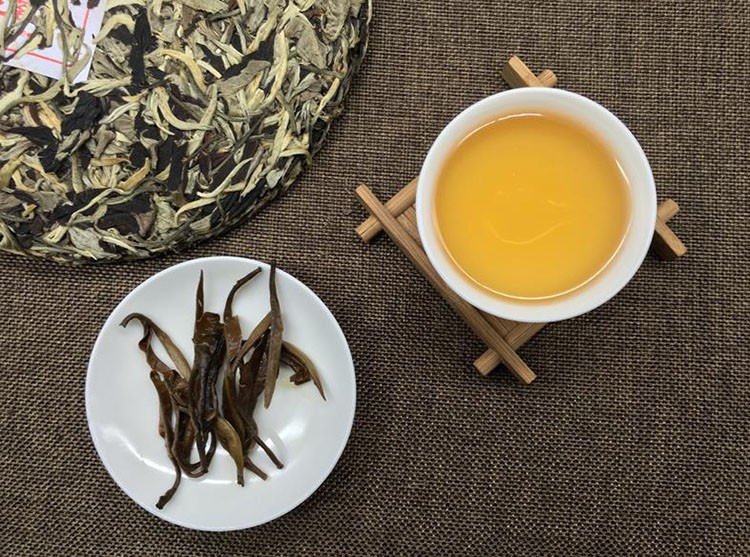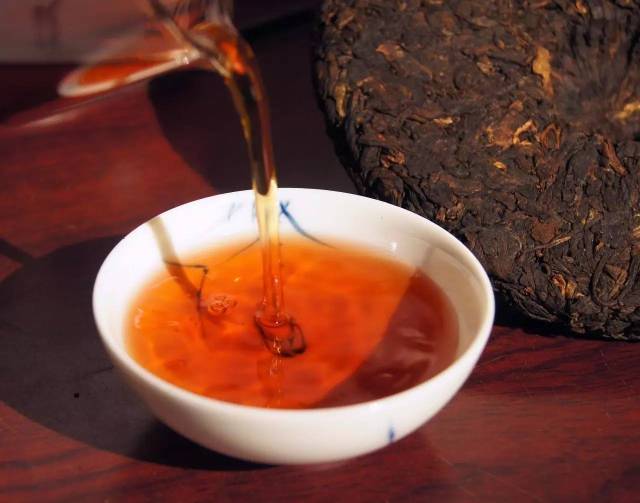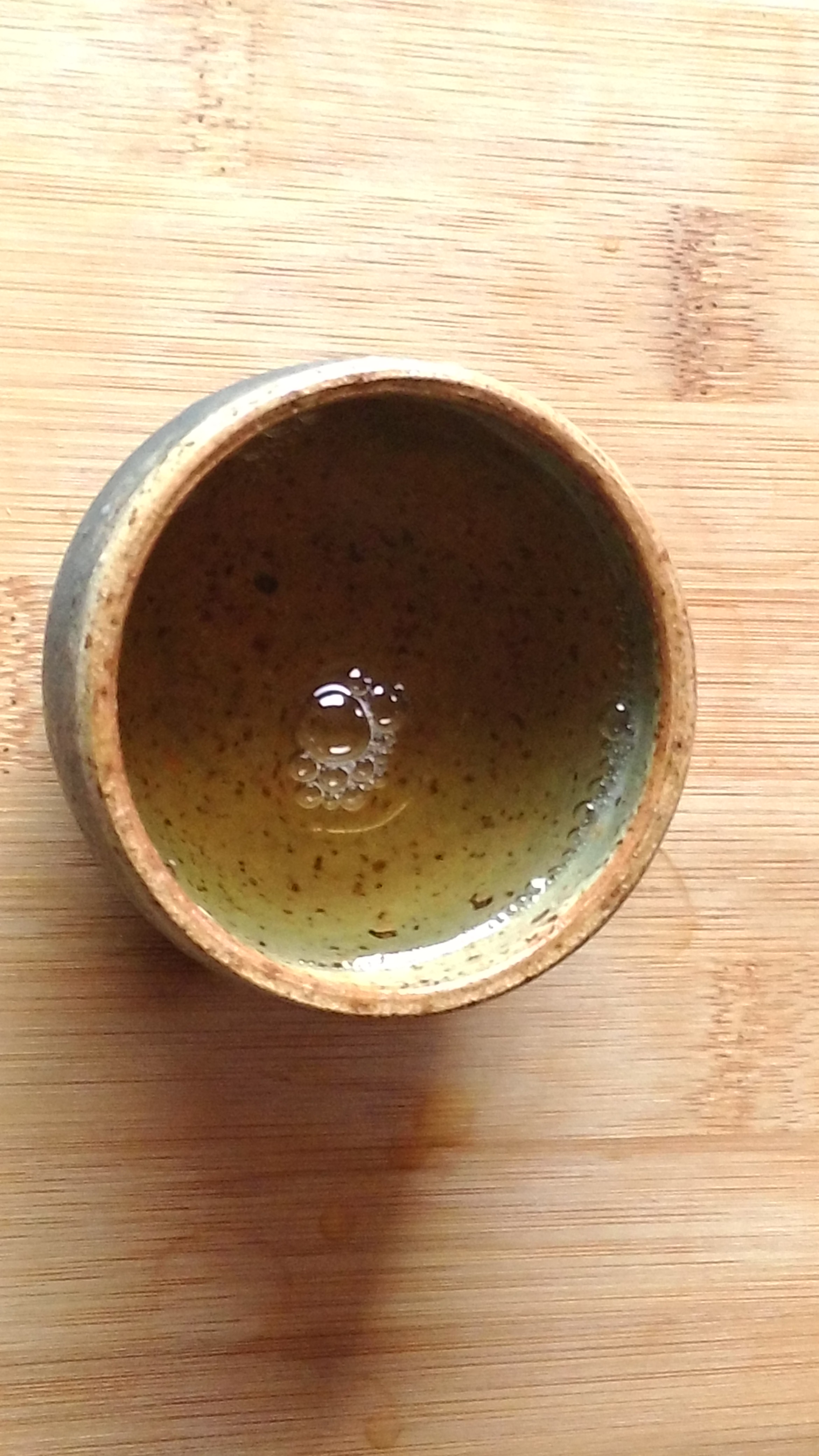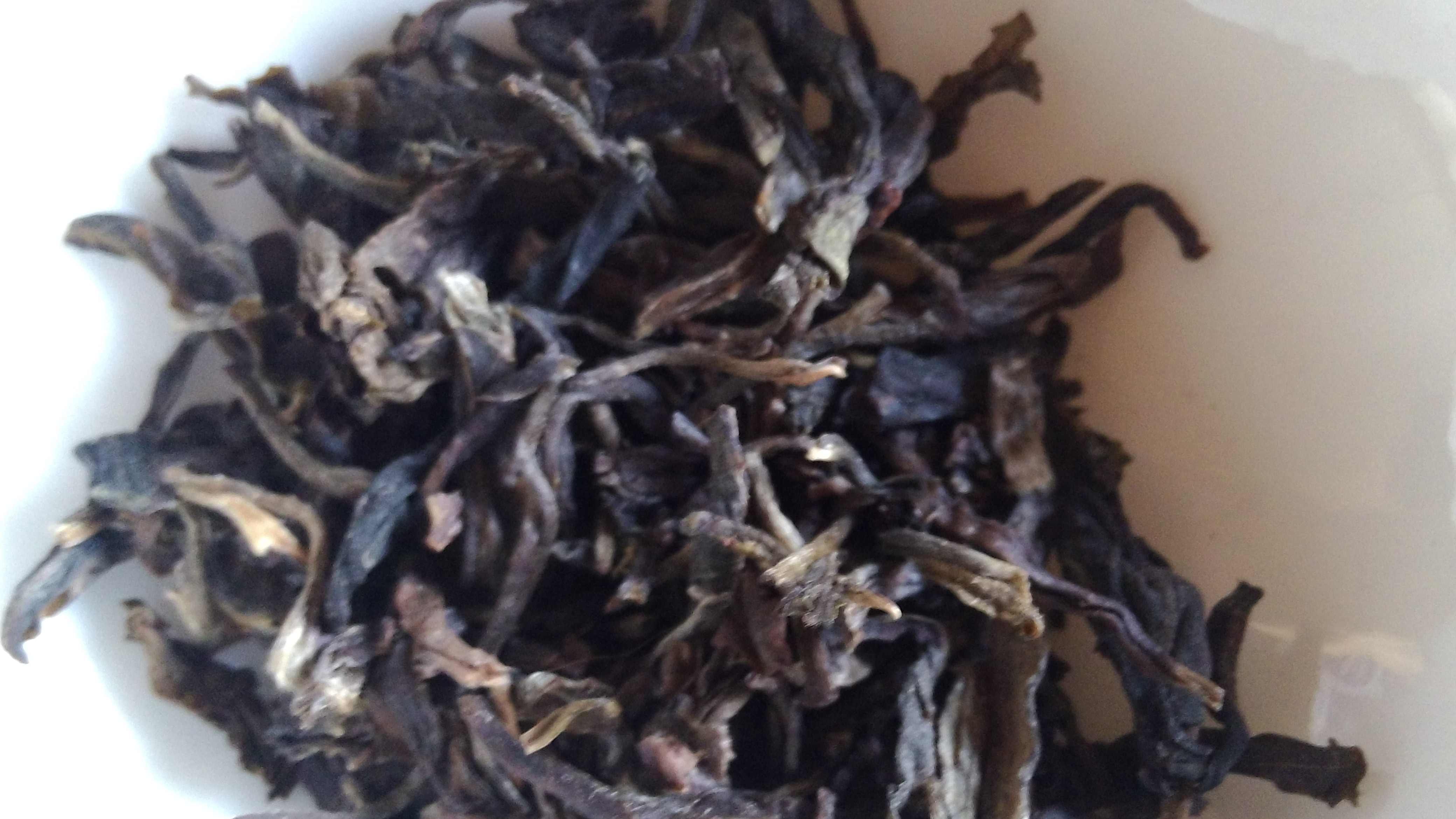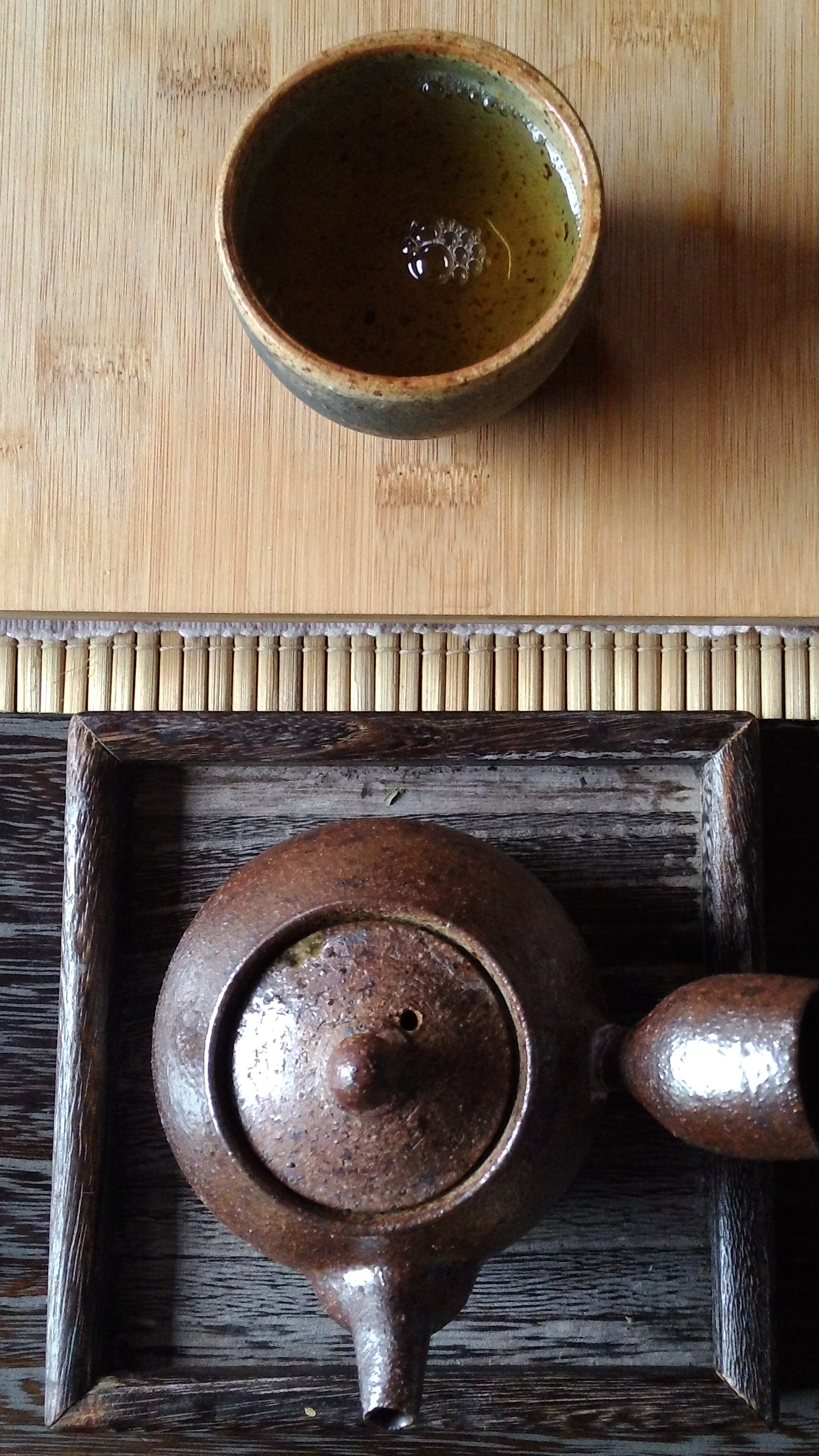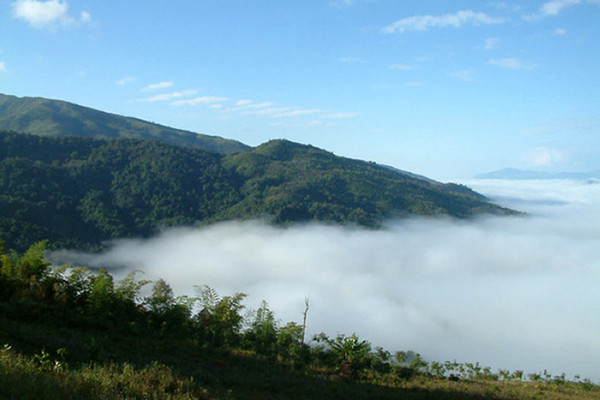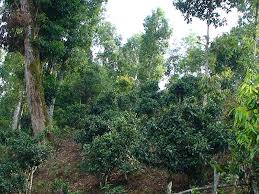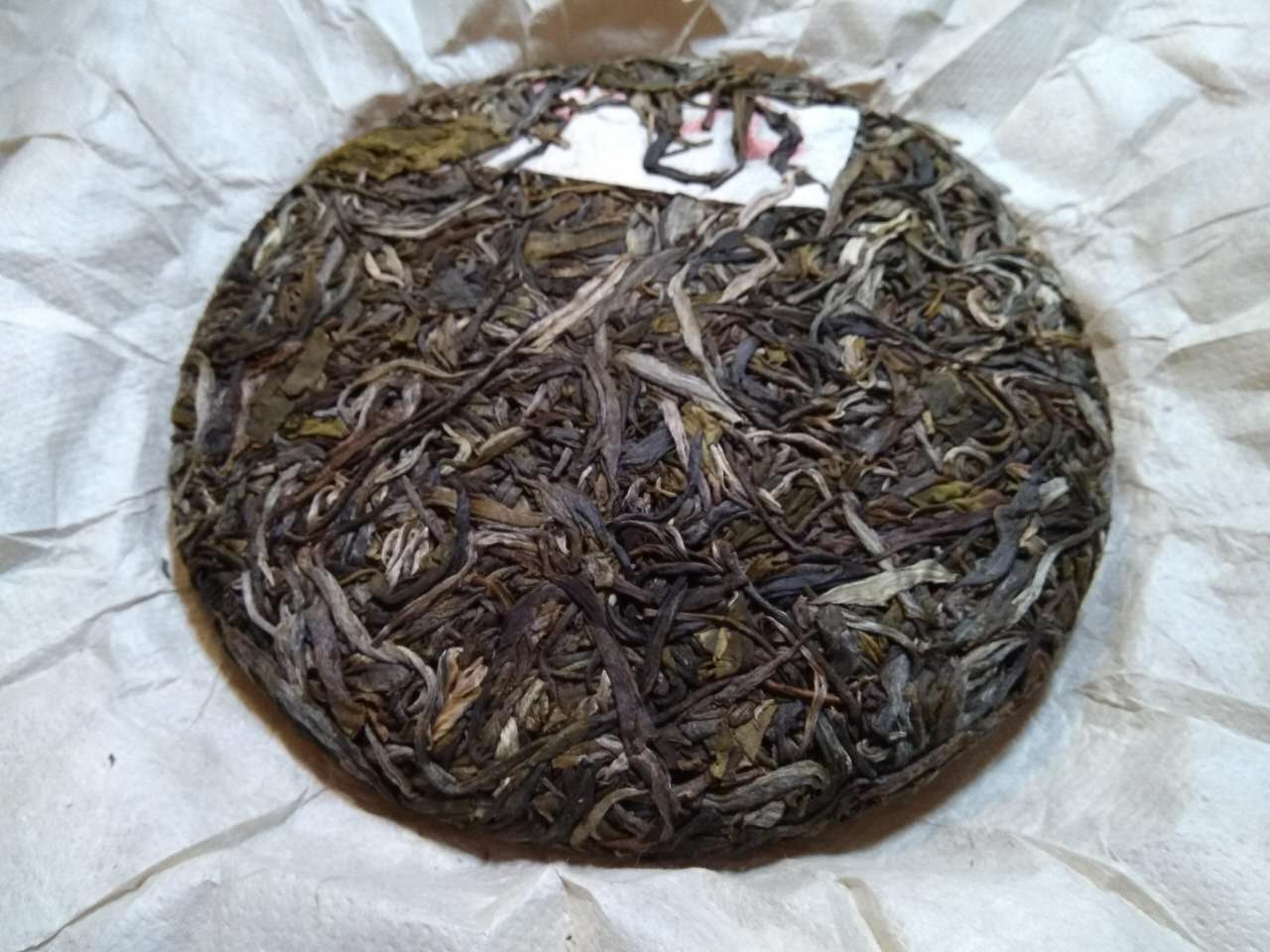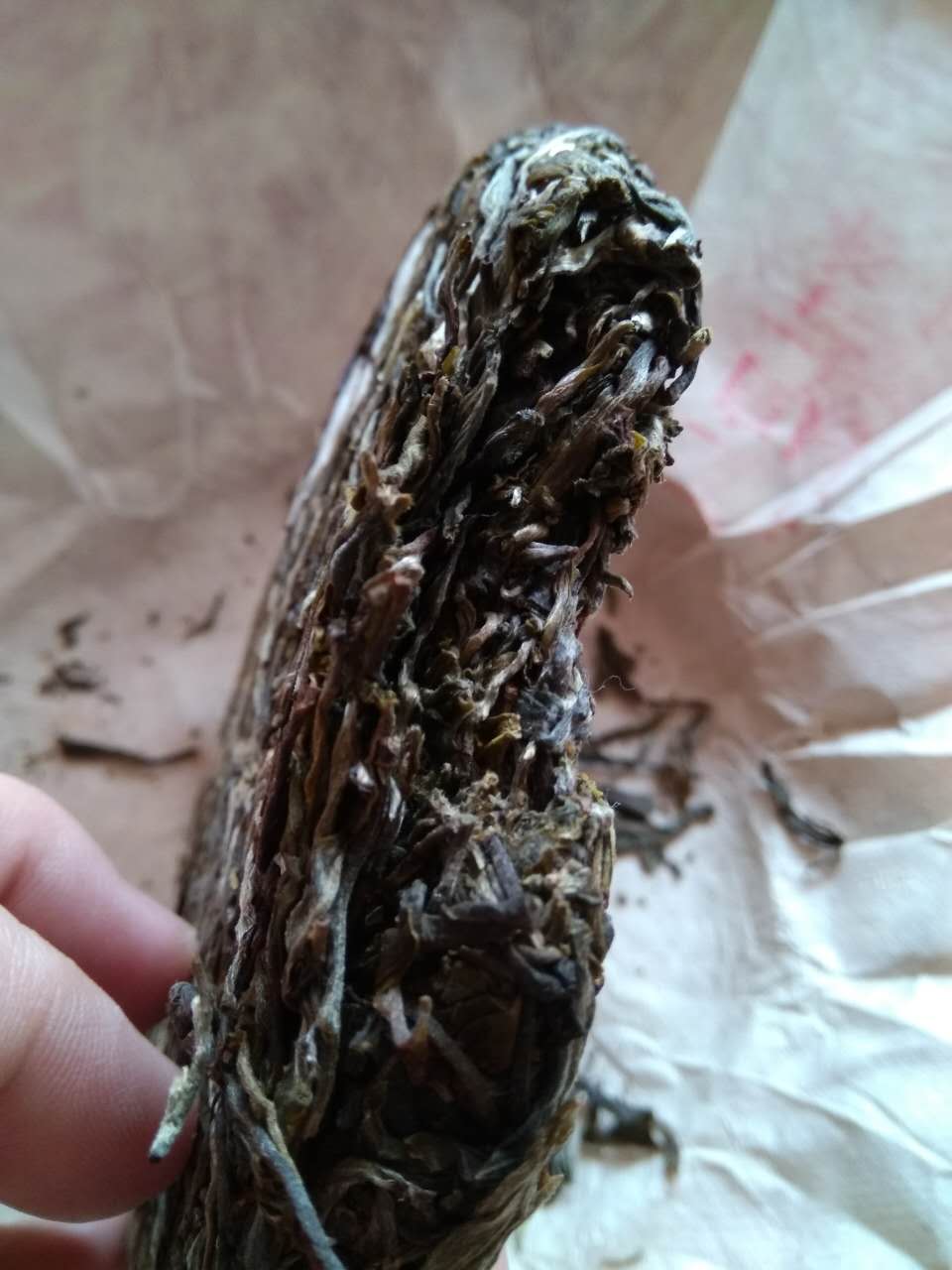Recently a Chinese Pu’erh expert, Mr. Lin Mo, concluded his thoughts of loving pu’erh tea in a pretty simple statement:
There are at least three simple reasons for pu’erh tea lovers: taste good, endured strength in taste and aftertaste.
So, what are my reasons for loving pu’erh tea? Actually I can conclude my reasons briefly as follow:
- The definition of “good flavors and tastes” can be varied from person to person;
- Being able to drink strong tea does not equivalent to knowing tea and know how to appreciate tea.
- The post fermentation process of pure and fine processed quality in both raw pu’erh (Sheng Pu’erh)and ripped pu’erh (Shou Pu’erh)can surprise tea lovers by its varied multiple layers in flavors and tastes from different brewing.
- Can tea lovers appreciate the changing in flavors and endured strength in tastes from what pu’erh tea can present, it subjects to how much tea lovers know how to distinguish and appreciate..
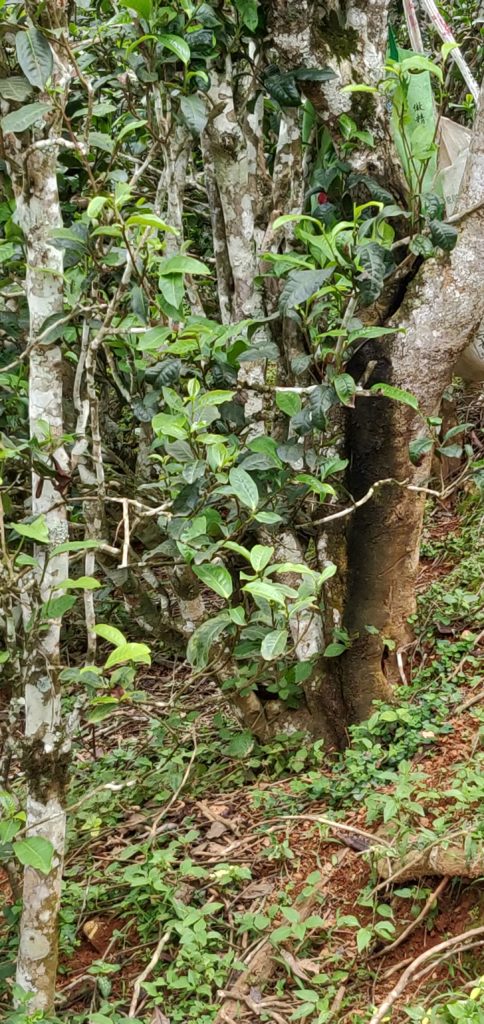
Ancient tea trees from XiQuei, LinCang
It does not matter what your preferences in flavors or tastes are, it doesn’t matter how are your physical and energy conditions in different seasons, you always can find one matching drink in pu’erh tea.



